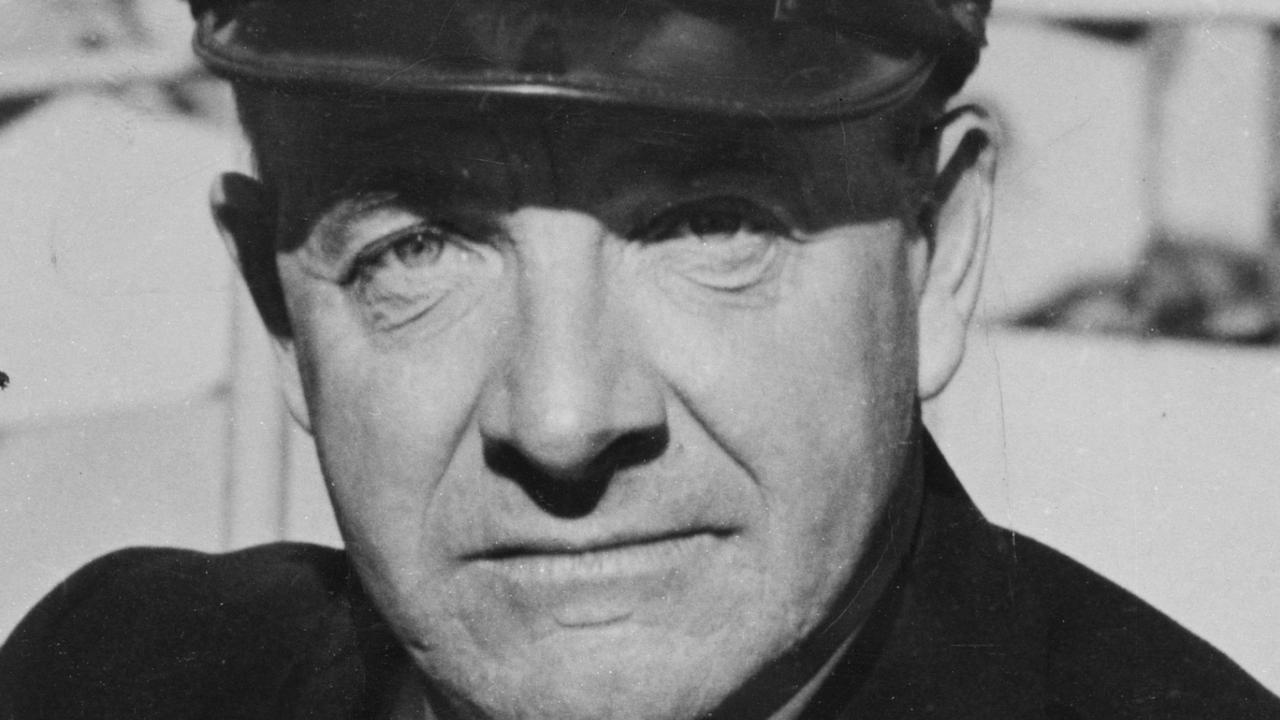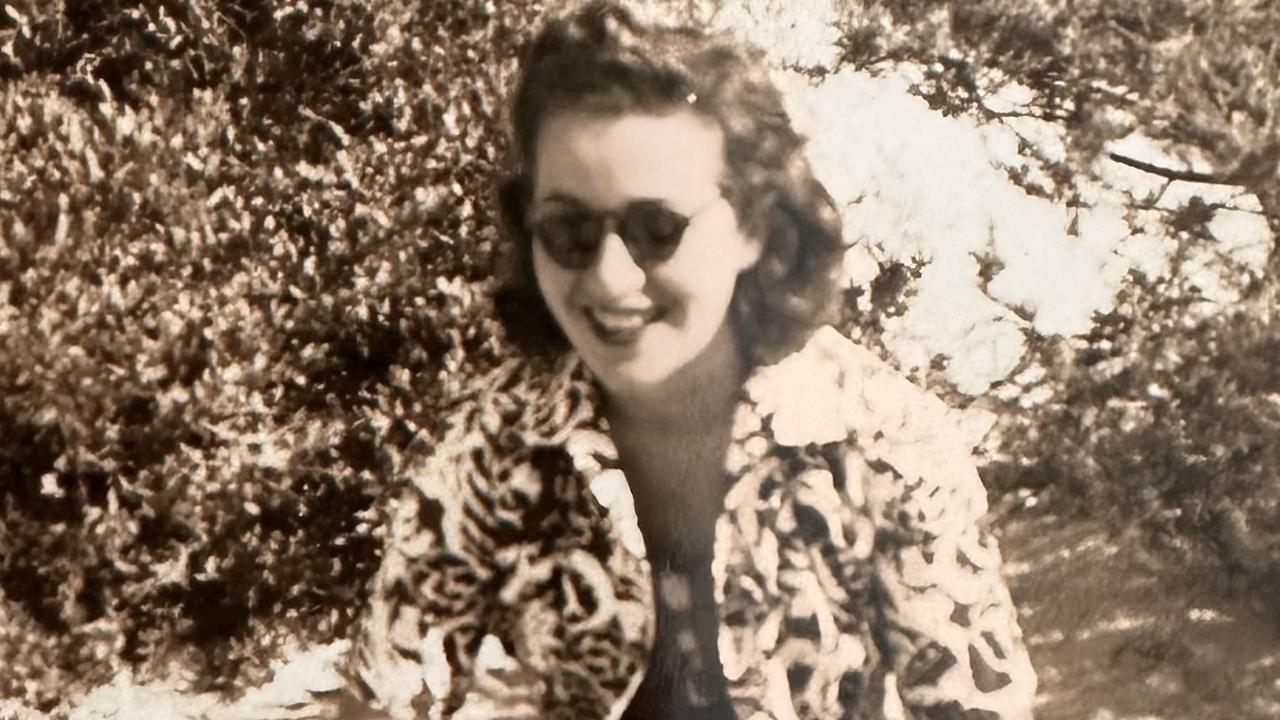How car pioneer Henry Ford’s refusal to change hindered the future of his company
SEVENTY years ago today motoring pioneer Henry Ford’s lost his life. It was the end of a remarkable life, but although the Ford company would continue, he was dissatisfied with the direction.

Today in History
Don't miss out on the headlines from Today in History. Followed categories will be added to My News.
FOR several years motoring mogul Henry Ford had been suffering the effects of strokes and was a shadow of his former self. The now doddering octogenarian had officially retired in 1946 from the company he founded, but his grasp on business matters had probably begun to slip long before.
On the evening of April 7, 1947, his health deteriorated; his breathing became heavy and he seemed to be in some distress. He was unable to even speak. His maid, Rosa Buhler, told
Ford’s wife Clara, “I think Mr Ford is leaving us.”
A doctor had been sent for but at about 11.40pm he passed away, without uttering a word.
It was the end of a remarkable life, but although the Ford company would continue, he left the world dissatisfied with the direction it was taking and with questions about the Ford succession.
Ford was born on a farm in Wayne County, Michigan, in the United States, in 1863. Educated in a one-room school, he was also insatiably curious about machinery. At the age of 12, shortly after the death of his mother, he had seen an ingenious farmer hook up a steam engine to drive a carriage and became obsessed with the idea of making his own horseless carriage.
At 16, he left the farm to find work in Detroit. He worked at a factory that made iron bolts but he was often called on to repair the factory’s steam engines and other machines. He also picked up bookkeeping.


He married Clara Bryant in 1888 and briefly returned to farming but felt the pull of the city where, in 1891, he got a job with the Edison Illuminating Company, rising to become chief engineer. In 1893 Ford’s son Edsel was born.
At Edison, Ford began working on developing an automobile. His first was the Quadricycle in 1896. Ford eventually went out on his own and in 1903 established the Ford Motor Company.
The introduction of the Model T, a cheap, reliable mass-produced car, in 1908 ensured the company’s success and changed the motoring industry and the world forever.
Ford pioneered the assembly line and paid his employees a decent liveable wage, which made the best people want to work for him. But he was not above making bad decisions.
In 1915 he was talked into taking part in a peace mission, chartering a cruise ship to travel to Europe to try to stop World War I. But by the time the ship docked at Norway, Ford was disillusioned and returned to the US a couple of days later. To some it looked like the millionaire’s money had gone to his head, but to others he was a hero.
Ford had strong anti-semitic views and in 1919 he bought The Dearborn Independent, a newspaper he used to push his anti-semitic, anti-Catholic and anti-union views. The paper closed in 1927.

Meanwhile his Model T was losing traction in the market over Ford’s refusal to modify the car for changing technology, demands and tastes.
His son Edsel, nominal president of the company since 1919, eventually convinced his father to release a new car, the Model A, in 1927.
By then he was chasing another fantasy, his own town carved out of the jungles of Brazil, which would ensure a cheap supply of rubber from plantations worked by residents.
Founded in 1928 and called Fordlandia, it was not designed to be a place only for workers to live; Ford also tried to shape a teetotal, poetry reading, all-American society. But by 1945 the rubber plantations had failed due to disease and he handed the town over to the Brazilian government.
In the 1930s Ford focused on philanthropic endeavours, leaving more of the business to his son. But when Edsel died in 1943 he resumed running the company.
But Ford was no longer as dynamic and forward thinking. He was becoming paranoid, forgetful and increasingly narrow-minded.
With his health failing the family urged him to hand the company over to his grandson Henry Ford II in 1945. After Ford Sr died in 1947, the younger Ford tried to wind back some of his grandfather’s policies, including his anti-union stance, and in 1956, the company became publicly listed.
However among his failures were the poorly conceived and badly marketed car the Edsel in 1958. Henry II ran the company into the 1970s and died in 1987.
Originally published as How car pioneer Henry Ford’s refusal to change hindered the future of his company


